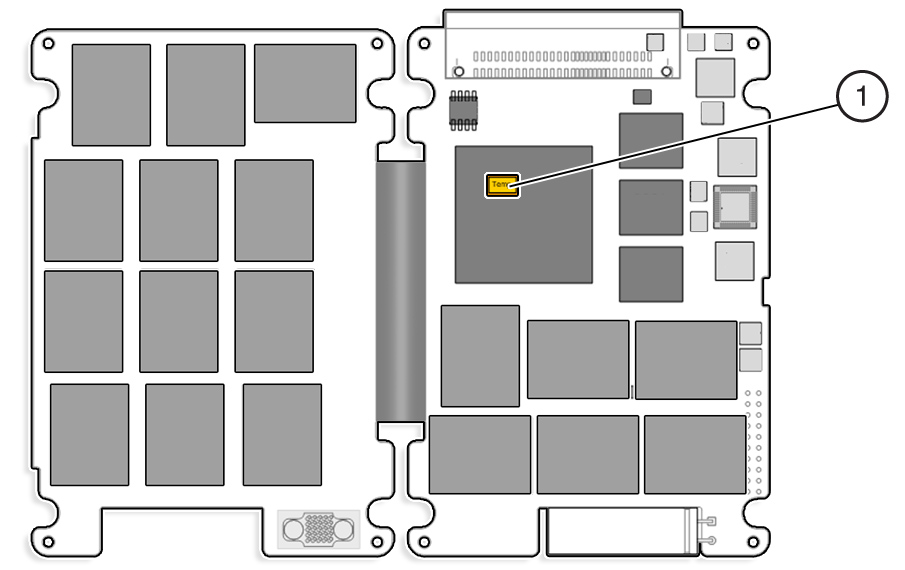Troubleshooting NVMe Drive Cooling
Maintaining the proper internal operating temperature of the server is crucial to a the health of the server. To prevent server shutdown and damage to components, address over temperature and hardware-related issues as soon as they occur.
The SSD is designed to provide continuous full bandwidth performance with temperatures up to 73° C. Qualified host platforms with required software updates operate with sufficient margin to the maximum temperature under worst case environments.
Use the status indicators to determine the status of the Oracle 1.6 TB NVMe SSD. The LEDs provide key status indicators to diagnose SSD issues. See Status Indicators.
Should the system maximum operating temperature be exceeded or a system fault occur which causes internal temperatures of the flash memory modules to rise above this limit, the SSD responds as follows:
-
73° C - Drive write throttling is engaged to reduce SSD power.
-
SSD status indicator amber, Service Action Required.
-
Temperature warning displays in utility output.
-
-
78° C - Additional drive write throttling is engaged.
-
SSD status indicator amber, Service Action Required.
-
Critical temperature status displays in utility output.

Caution - Sustained critical temperatures might cause data loss.
-
Refer to the server documentation for additional service information.
The following image shows the SSD temperature sensor locations:

(1): SSD temperature sensor location (PCB both sides underneath ASIC)